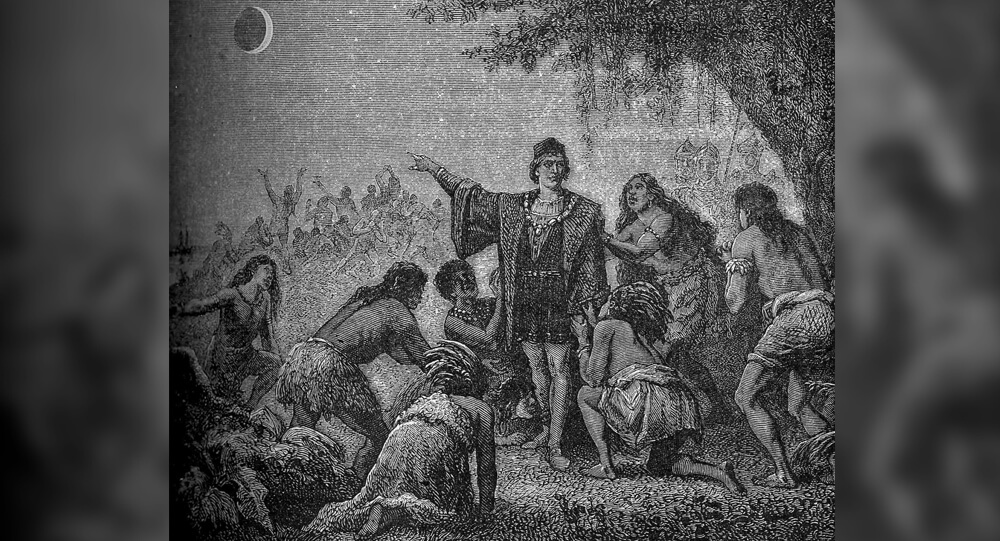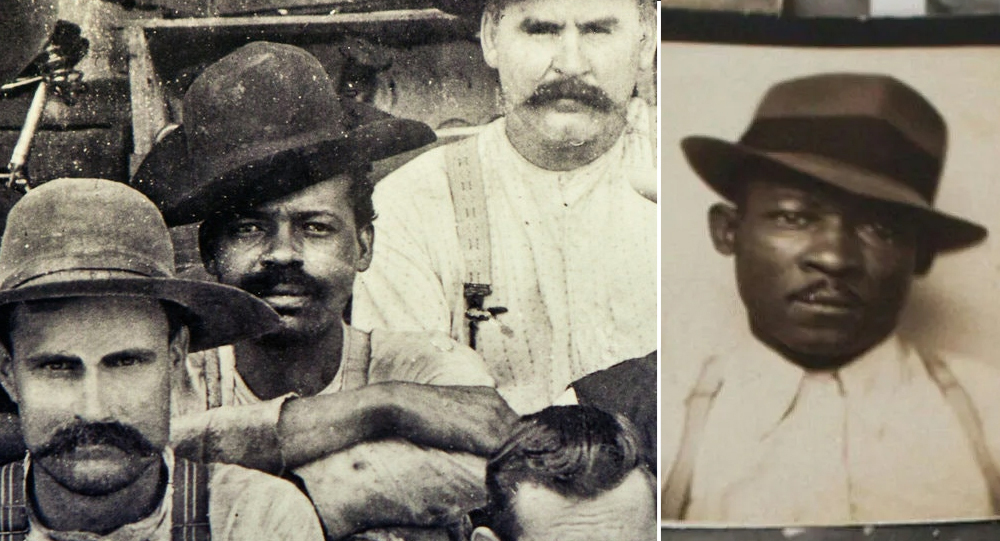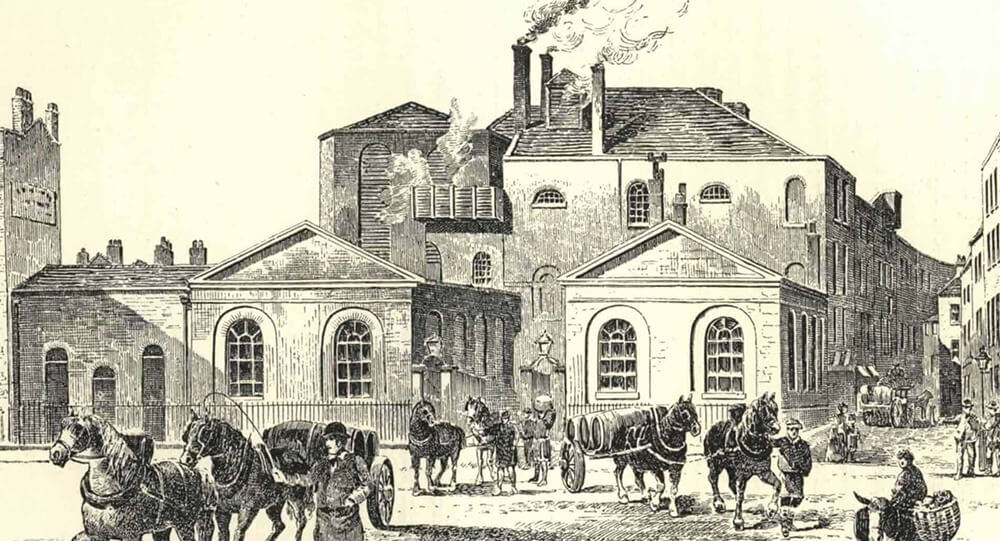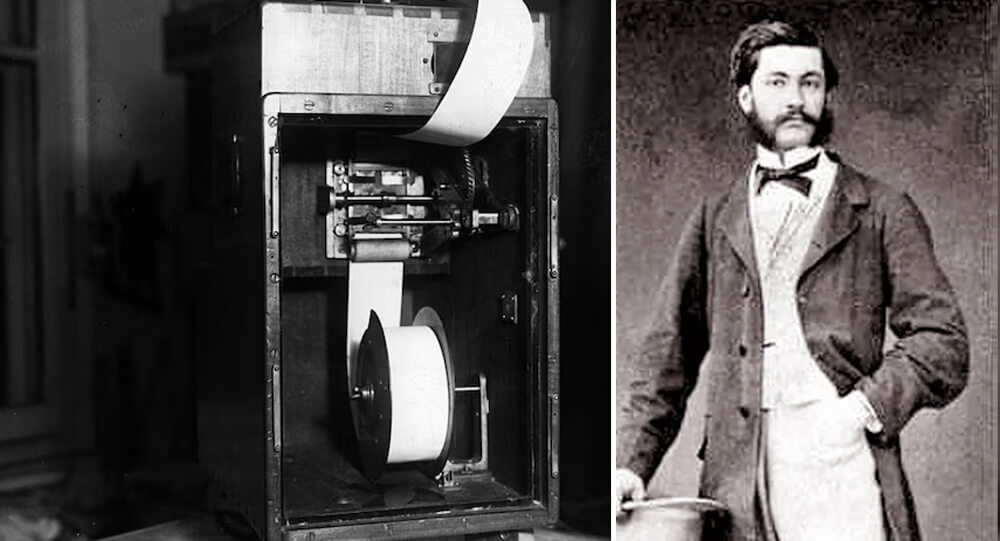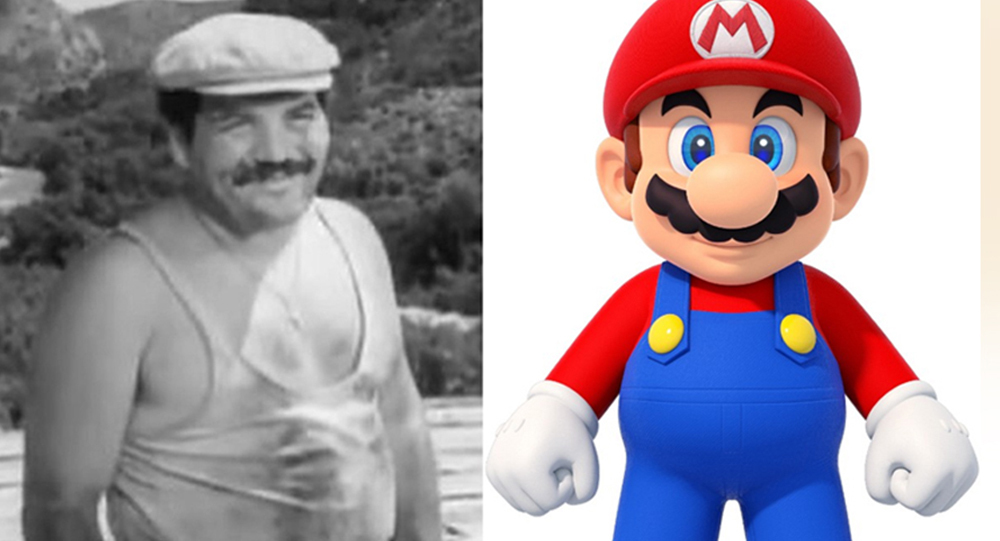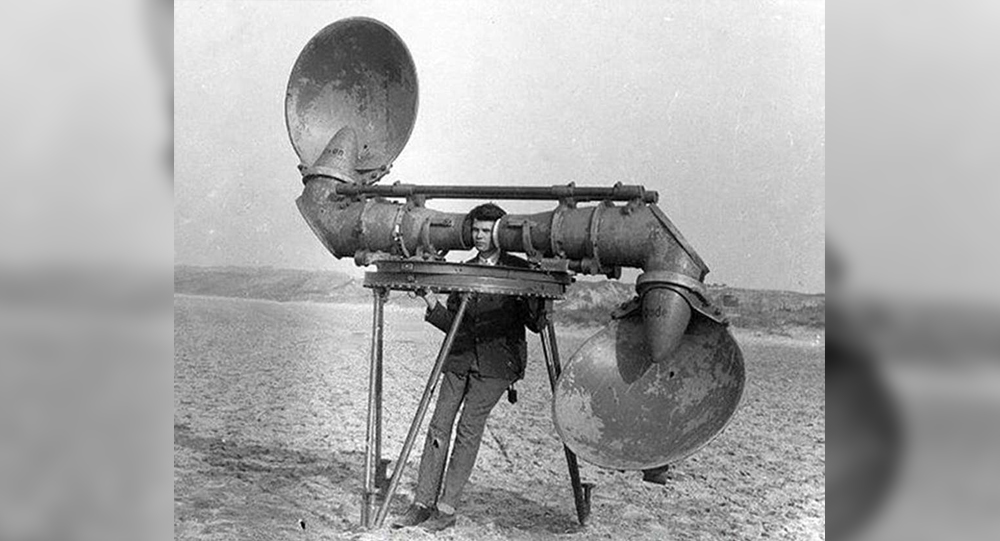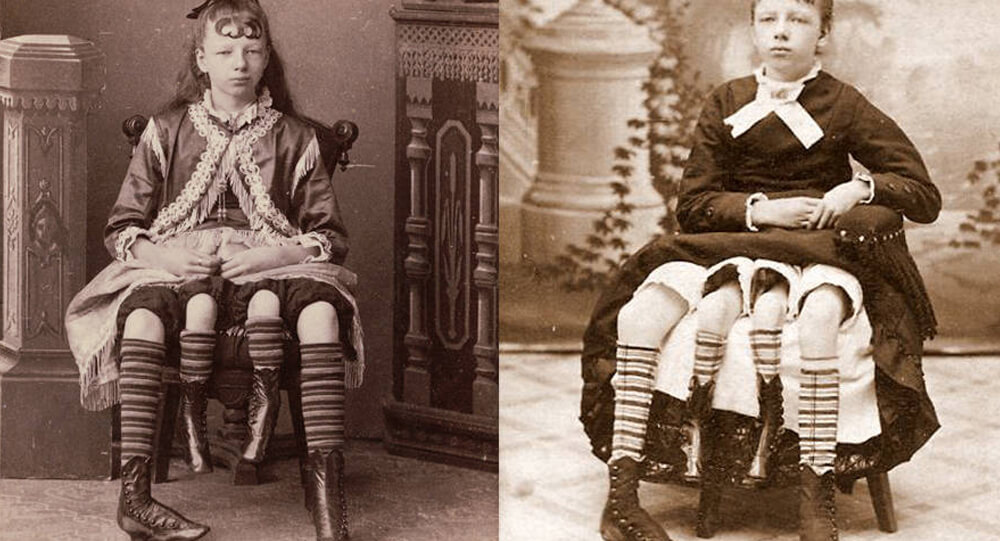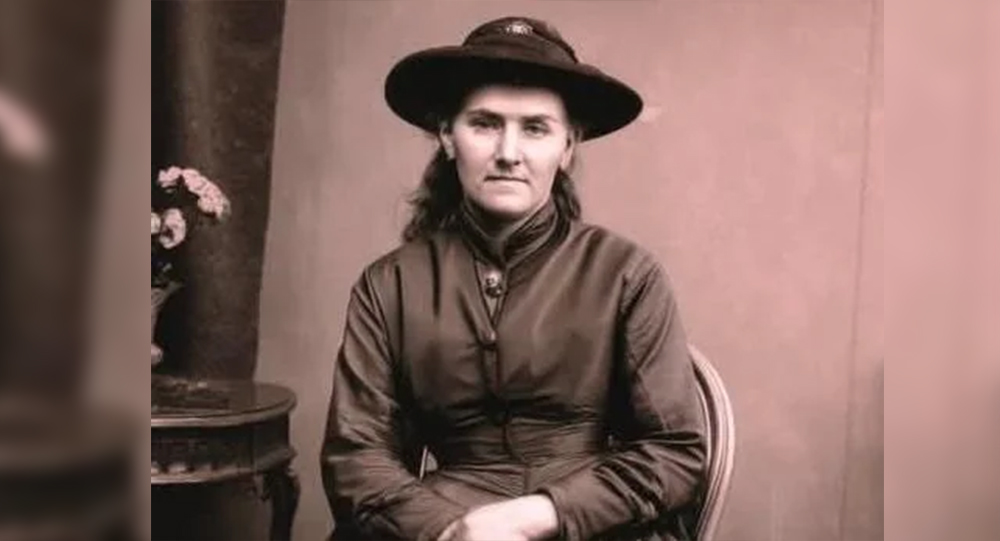
At a time when vaudeville reignited public entertainment with comedy, music, and variety acts, Sober Sue stood out—not through performance, but through her inability to smile. She became a local sensation in New York City, often performing in the Victoria Theatre and other venues, earning the nickname because of her relentless poise and refusal to crack a grin.
Her presence was so intriguing that a theater owner, Willie Hammerstein, saw a promotional opportunity and offered $100 (later raised to $1,000) as a prize to anyone who could make Sue laugh or smile. This challenge turned into a spectacle, drawing many professional comedians and entertainers eager to win the reward—and eager crowds who came to watch the fruitless attempts.
Comedians’ Struggles and the Stirred Curiosity
From clowns to stand-up comics and vaudevillians, performers tried every trick. Jokes, pratfalls, and silly antics failed to budge Sue’s stern expression. Audiences cheered and laughed at the attempts, fueling the event’s popularity, but Sober Sue remained impassive, her face a mask of unbreakable seriousness.
The challenge soon became a revered ritual in the vaudeville world. Emerging comedians saw it as a rite of passage to test their craft against Sue’s inscrutable demeanor. Despite growing fascination and the escalating prize money, the mystery of her cold response deepened.
Facial Paralysis
The secret behind Sober Sue’s impassive face was more tragic than humorous. After her run at the Roof Garden venue ended, it emerged that Sue suffered from facial paralysis—an irreversible condition preventing her from moving the muscles required to express laughter or smiles. This explained why even the funniest jokes could not elicit a visible reaction.
For many years, the public and entertainers alike were unaware. The revelation cast a new light on her unwavering stoicism and made the theatrical challenge a case of dramatic irony.
The Business and Legacy of Sober Sue’s Act
Though she was paid a modest $20 per week, Sober Sue’s act was a financial windfall for Willie Hammerstein, who leveraged the unwinnable challenge to attract crowds, resulting in packed theaters and free performances by top-tier comedians drawn to the challenge.
The story of Sober Sue underscores a complicated chapter in vaudeville history, where disability and spectacle sometimes overlapped, highlighting ethical questions about entertainment and exploitation alongside public fascination.
Fascinating Trivia About Sober Sue
- Despite her stoic facade, Sue reportedly appreciated humor but could not physically respond due to paralysis.
- The $1,000 prize was a substantial amount in the early 1900s, equivalent to roughly $30,000 today.
- No known photographs of Sober Sue have survived, adding to her mysterious allure.
- Willie Hammerstein was the father of Oscar Hammerstein II, the famous Broadway composer and lyricist.
- The challenge attracted many renowned vaudevillians and comics, becoming a famous folklore in theatrical circles.
- Some theorized Sue might be deaf or partially blind before the paralysis explanation surfaced.
- The act highlighted how disability sometimes played a role in performance art in vaudeville’s heyday.
- “Sober Sue” essentially turned a lack of physical reaction into a career in early 20th-century entertainment.
Behind the Stone Face of Vaudeville’s Toughest Audience
Sober Sue’s story is a moving reminder that appearances can be deceptive, and what we interpret as stubbornness or humorlessness may sometimes be a hidden struggle. Her stoic act unintentionally created a spectacle that tested comedians’ resilience and creative spirit while quietly illustrating human vulnerability.
Though Sober Sue never laughed aloud, her legacy continues through the echoes of laughter by those who tried and failed—and the rich, curious folklore she inspired. Sharing her story honors a chapter in entertainment history and the complex lives behind the curtain.
Sources & Further Reading:
- NY Weekly: The Curious Case of Sober Sue (2024)
- Reddit: TIL About Sober Sue and the $1,000 Laugh Challenge
- Mental Floss: Sober Sue’s Vaudeville Saga (2025)
- Britannica: Vaudeville and Entertainment History
- YouTube: Documentary on Sober Sue’s Life and Legacy
These sources provide detailed accounts of Sober Sue’s unique act, cultural impact, and the vaudeville era’s intriguing blend of comedy and mystery.

The Bizarre (And Magical) Duel Between Chung Ling Soo And Ching Ling Foo
Ching Ling Foo and Chung Ling Soo were two magicians from the early 20th century who were bitter rivals. While Ching Ling Foo was genuinely Chinese, Chung Ling Soo was actually a New Yorker named William Robinson.

How a Total Lunar Eclipse Saved Christopher Columbus in 1504
In 1504, Christopher Columbus was stranded in Jamaica with natives who refused to give him food. But he knew the date and time of an upcoming lunar eclipse. So he told the natives that his gods were angry at their treatment of him, and would provide a clear sign. Once the eclipse started, the natives raced to give him food and begged for mercy.

How Sleep Deprivation Was Once Used as Torture
Sleep deprivation, long before modern interrogation techniques, was considered a “clean” and effective form of torture—leaving no physical scars, yet breaking minds with haunting silence. Victims endured days and nights without rest, leading to vivid hallucinations, disorientation, and psychological torment. This article traces the dark history of sleep deprivation as a weapon, examines the science behind its effects on the brain, and shines a light on the painful balance between human endurance and cruelty in the annals of coercion.

Nearest Green, America's first known Black master distiller
Nathan "Nearest" Green was an African-American head stiller who is now more frequently referred to as a master distiller. He was renowned for imparting his distilling knowledge to Jack Daniel, the creator of Jack Daniel's Tennessee whiskey distiller, after Jack Daniel was freed from slavery following the American Civil War.

Hedy Lamarr, A Hollywood actress who also a mathematician and inventor
Hollywood actress Hedy Lamarr was also a mathematician and the inventor of frequency hopping spread spectrum, a technology still used for bluetooth and wifi

The 1814 London beer flood
In 1814, there was a beer flood in London when a tank containing more than 300,000 gallons ruptured in which 8 people drowned.

Louis Le Prince Invented the motion picture camera, and then he mysteriously disappeared
Louis Le Prince, the inventor of motion pictures, vanished without a trace in 1890. Thomas Edison quickly claimed the title of "first and sole inventor of cinema," even taking Le Prince's son to court to dispute it. A few years later, the son also dies under mysterious circumstances.

The Arabia Steamboat: Unearthing a 19th Century Time Capsule from the Missouri River
The Arabia was a steamboat that sank in the Missouri River in 1856. Over time, the river shifted 800 meters to the east, eventually turning the site of the sinking into a field. The steamboat remained under 45 feet of slit and topsoil until 1988, when it was excavated. The mud, as it turned out, was such a great preserver that most of the artifacts on board were found to be intact. They even found jars of preserved apples that were still edible!

Top 10 Greatest and shocking Archaeological Discoveries of All Time
While we're all locked at home, there's no better way to escape to another time and place than to learn about amazing archeological sites and discoveries from around the world. Here are the 10 greatest and shocking archaeological discoveries —and don't be shocked if they inspire future trip plans whenever it's safe to do so again.

The Assassination Of King Alexander
The assassination of King Alexander of Yugoslavia marked a pivotal moment in the country's history. This article delves into the rise and reign of King Alexander, exploring his early life and ascension to the throne. It also examines the political and social climate in interwar Yugoslavia, setting the stage for the tensions and challenges that ultimately culminated in his tragic assassination. By understanding the context in which this event unfolded, we can better grasp the significance and impact it had on the nation and its future.

Mario Segale, Developer Who Inspired Nintendo to Name Super Mario
Super Mario is named after real-life businessman Mario Segale, who was renting out a warehouse to Nintendo. After Nintendo fell far behind on rent, Segale did not evict them but gave them a second chance to come up with the money. Nintendo succeeded and named their main character after him.

Before Radar: How Giant Acoustic Mirrors Detected Enemy Aircraft in WWI and WWII
Long before radar revolutionized air defense, enormous acoustic mirrors and specialized sound locators stood as the first line of defense against enemy aircraft. Designed as giant “ears,” these structures amplified distant engine noises, allowing operators to detect incoming planes by sound alone. Dive into the intriguing world of these pioneering listening devices, their operation, limitations, and enduring legacy in military history.

Man's Blood Helped Save Millions of Babies
Australian blood donor James Harrison has been one of our most impressive and valued donors, having donated for 60 years. Know his story, how he was a pioneer of our Anti-D program, and why this matters.

Mother who spent entire life savings for daughter’s cancer treatment won the lottery
A mother won $2 million from a $10 scratch-off lottery ticket after she spent all of her entire life savings to pay her daughter’s cancer treatment. She bought the winning ticket after her daughter’s last cancer treatment.

June and Jennifer Gibbons The silent twin who Only Spoke to Each Other
Identical twins June and Jennifer Gibbons were born on 11 April 1963 at a military hospital in Aden, Yemen where their father worked as part of the Royal Air Force.

Top 10 most cruel medical procedures that are being used today
We are all aware that medicine has advanced dramatically over the last fifty years. There are several modern medical approaches available today, but this was not always the case. However, the past of medicine is a dark one. Medical leeches, lobotomy, vascular surgery, cranial stenosis, and even electroshock therapy are all options. These are only a couple of the cruel healing techniques that are still in use today.

How Dmitri Mendeleev Developed the periodic table of the elements
1850 Dmitri Mendeleev walked almost a thousand miles to Moscow so he could apply for the University of Moscow. Although he was not accepted, he walked to St. Petersburg where he was accepted, And with that education, he developed the the periodic table of the elements

History of Treadmill, punishment for prisoners
Treadmills were originally a punishment used to harness human power on a giant wheel used to grind grains, hence the name "treadmill." The History of Treadmill

Henry Ford, The man popularizing the concept of the weekend off
Henry Ford was the first Industrial Giant to give his employees both Saturday and Sunday off in the hope of encouraging more leisurely use of automobiles and thus popularizing the concept of the "weekend."

Saudi Arabia camel carvings dated to prehistoric era
Archaeologists were shocked to discover that a series of camels carved into desert rock faces in north-western Saudi Arabia are actually prehistoric, dating from 7,000-8,000 years ago - before either the Pyramids of Giza or Stonehenge were built.

Medieval Medicine: A 1,000-year-old onion and garlic salve kills modern bacterial superbugs
Scientists recreated an Anglo-Saxon manuscript-based 9th century onion and garlic eye remedy and discovered that it killed 90% of antibiotic-resistant staph bacteria (MRSA).

The true story of Josephine Myrtle Corbin, the lady born with four legs and two private parts
Josephine Myrtle Corbin, an American sideshow performer born in 1868, had a rare condition known as dipygus, which caused her to have four legs, each smaller inner leg paired with one of her outer legs. Corbin joined the sideshow circuit, captivating audiences as the "Four-Legged Girl from Texas."

Charlie Brown and Franz Stigler incident: Enemy became friends
During WWII, a German pilot spotted an American pilot’s crippled plane in the sky. Tailing it, he noticed that gunner was dead, crew injured, and they posed no threat. Instead of destroying the plane, he led it to safety. 40 years later, the two pilots reunited.

Terry Fox, a 21-year-old one-legged cancer patient who ran 143 days before dying
Terry Fox was a 21-year-old one-legged cancer patient who ran 3,339 miles across Canada in 143 days before dying.

Why was the Eiffel Tower almost demolished
The Eiffel Tower was intended to be a temporary structure for the World's Fair in 1889, but it was nearly dismantled and sold for scrap metal. It was saved because of its potential use as a radio antenna, and it now serves as a tourist attraction as well as a working broadcast tower.


